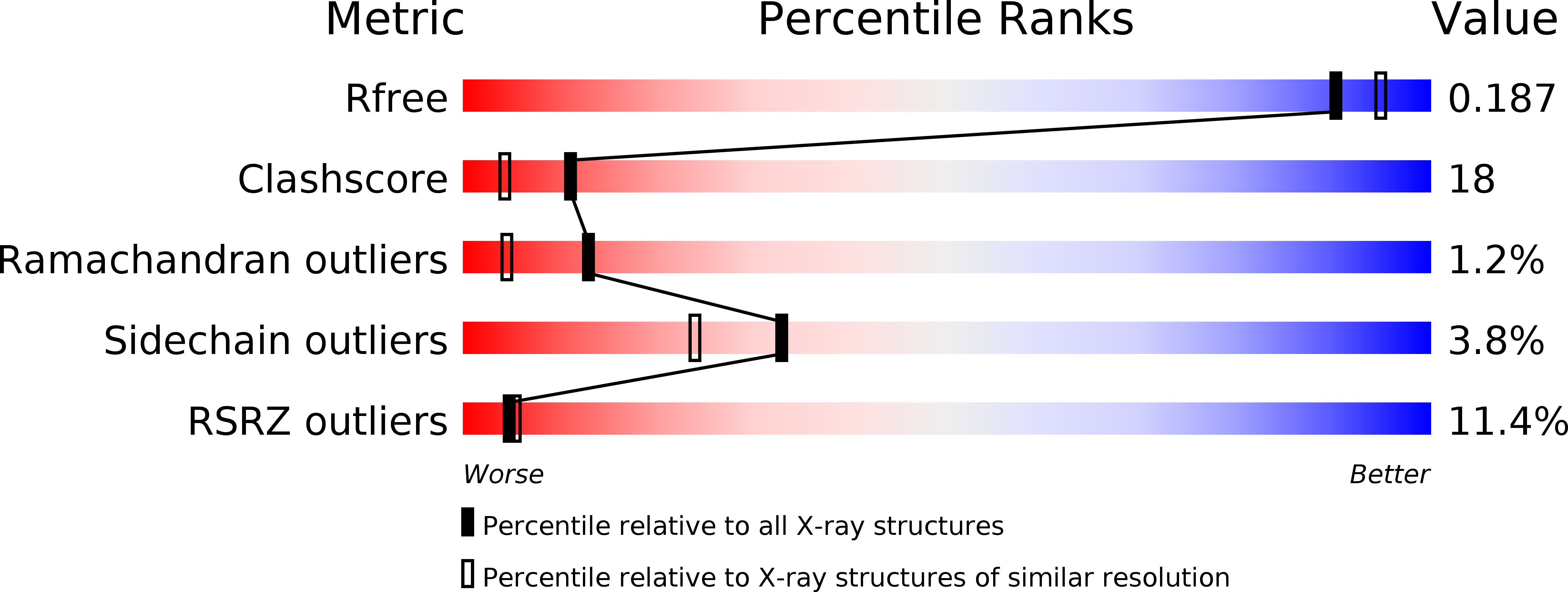
Deposition Date
2009-11-03
Release Date
2010-01-19
Last Version Date
2024-02-21
Entry Detail
Biological Source:
Source Organism:
Carboxydothermus hydrogenoformans (Taxon ID: 246194)
Host Organism:
Method Details:
Experimental Method:
Resolution:
1.90 Å
R-Value Free:
0.23
R-Value Work:
0.18
Space Group:
C 1 2 1


